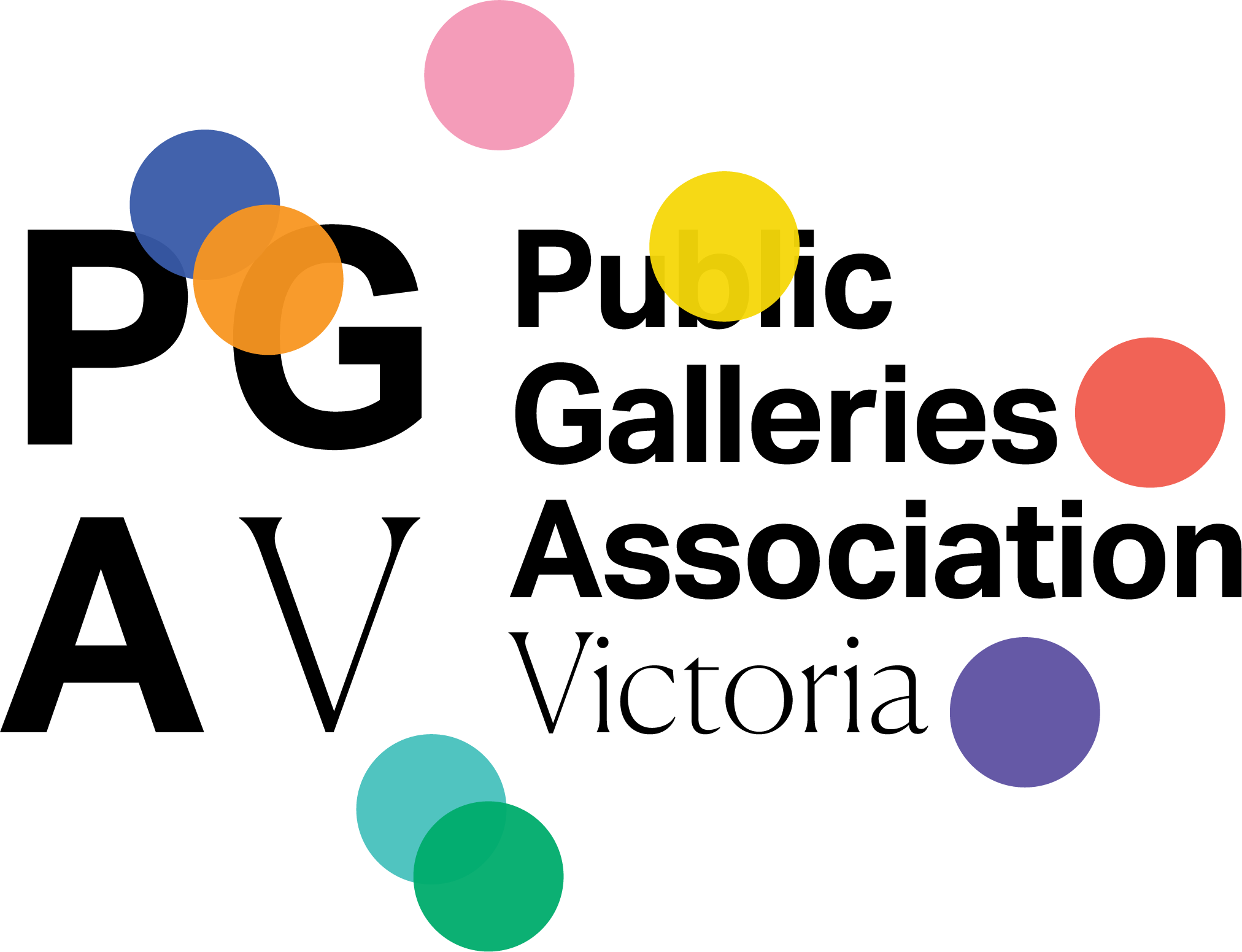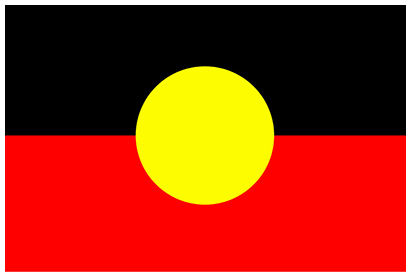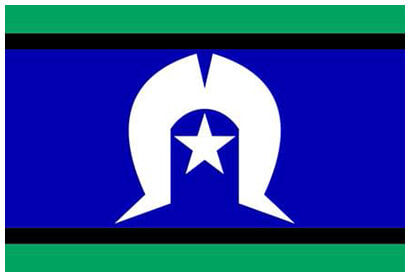Gallery Collection
The Gallery has always specialised in Australian Art. Its particular strength is in major works of the late 1800’s, and the Edwardian era.
Artists from this period include Louis Buvelot, Fred McCubbin, Tom Roberts, Arthur Streeton, Walter Withers, David Davies, E. Phillips Fox, Rupert Bunny, Max Meldrum, Percy Leason, R.W. Sturgess, John Russell, A.M.E. Bale, Hugh Ramsay, Dora Meeson, Clarice Beckett and John Longstaff. Traditional landscape painting is a feature of the collection.
Modern and contemporary artists are also well represented. Modernists include William Frater, Arnold Shore, Margaret Preston, Sybil Craig, Roland Wakelin, Russell Drysdale, Fred Williams, John Brack, Eric Thake, Albert Tucker, John Perceval, Clifton Pugh, Lloyd Rees, Ian Fairweather, Charles Bush, Roger Kemp, Rick Amor, John Dent, Wendy Stavrianos, Ray Crooke, Robert Jacks, Jeffrey Smart, Ian Armstrong, Paul Cavell and Brian Dunlop.
In 1962, with funding from the Estate of Sir John Higgins and his sister, Catherine, a unique collection of Australian ceramics was acquired.
In 1990 the Gallery established a policy to collect photographic images of Australian artists by Australian photographers and now has a quality collection by such noted photographers as Max Dupain, David Moore, Richard Beck, Olive Cotton, May Moore, Pegg Clarke and Michel Lawrence.
Museum Collection
Drawing on the Historical Museum’s collection, the thematic exhibition Camp to City: Castlemaine and Mount Alexander District presents a rich and colourful history. Themes include: indigenous Australians; the goldrush and mining; Chinese on the goldfields; the regions’ development; surrounding towns; prominent early citizens; 20th century Castlemaine and much more.
The museum also boasts a wonderful collection of historical artworks, photographs, costumes, decorative arts and objects specifically relating to the Mount Alexander district.
The display includes a collection of decorative enamelled metalwork by Stanley J. Ellis, a local craftsman and teacher, covering the period from the 1930s through to the late 1950s.








